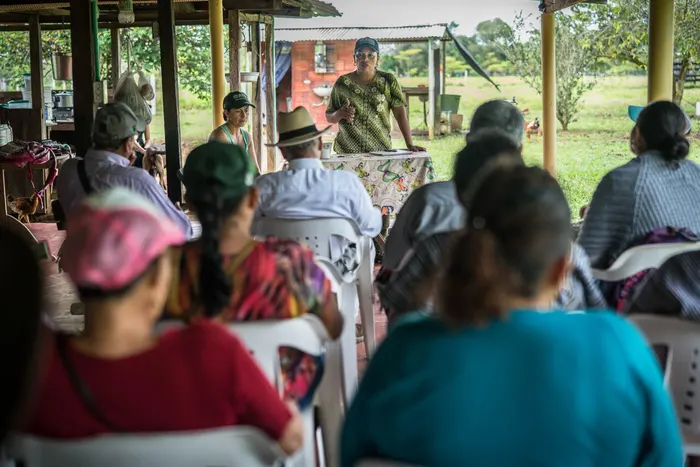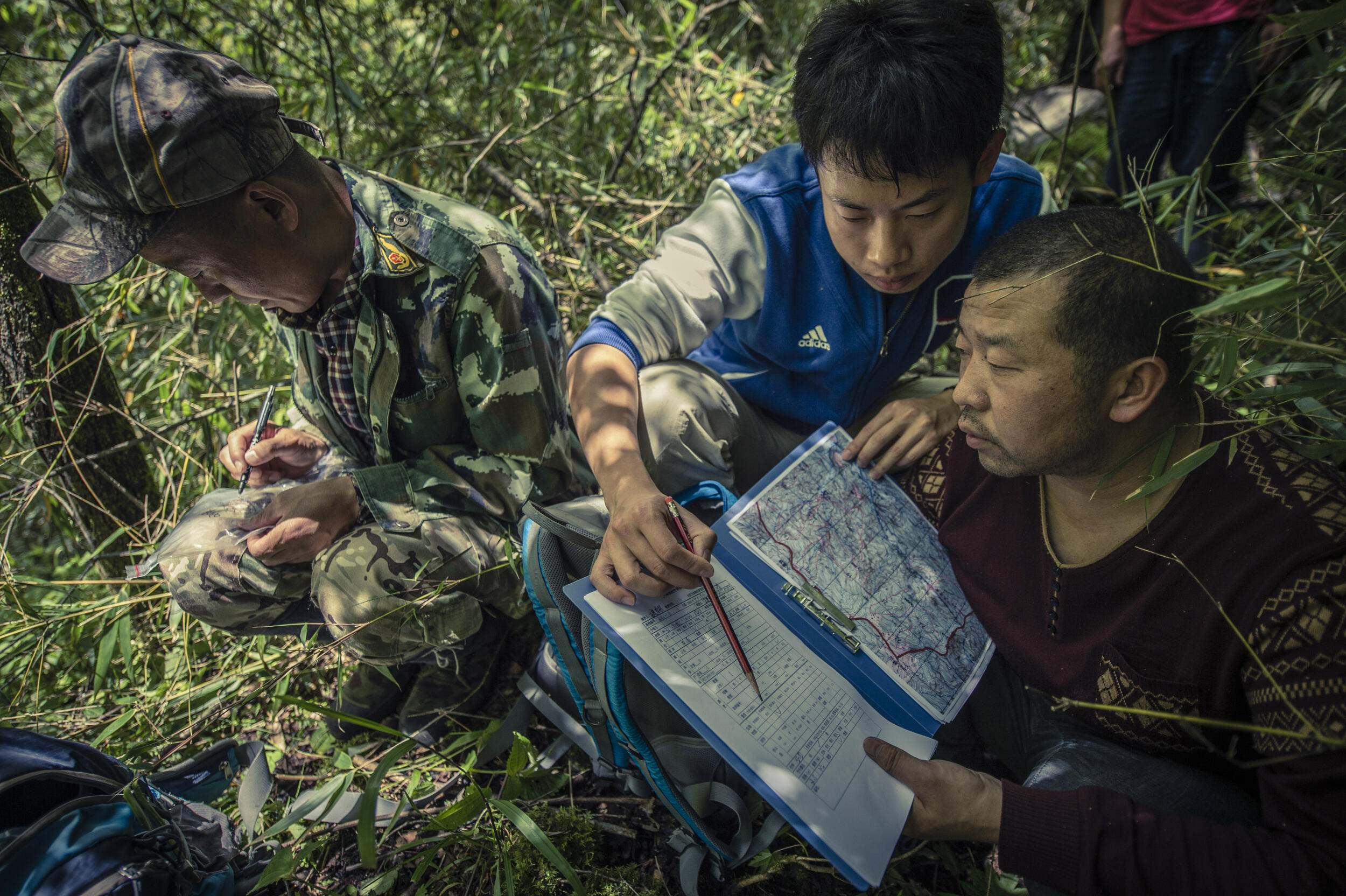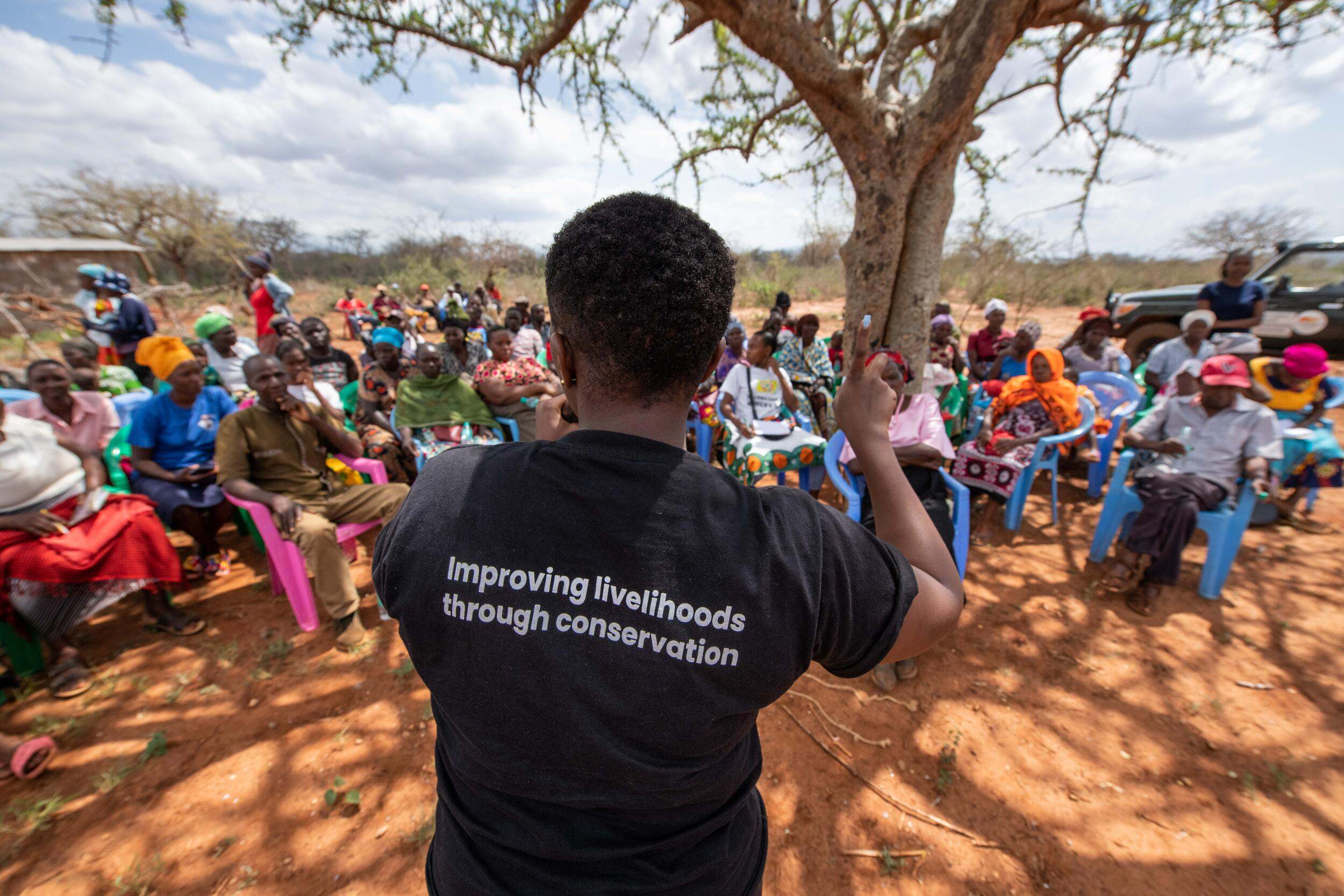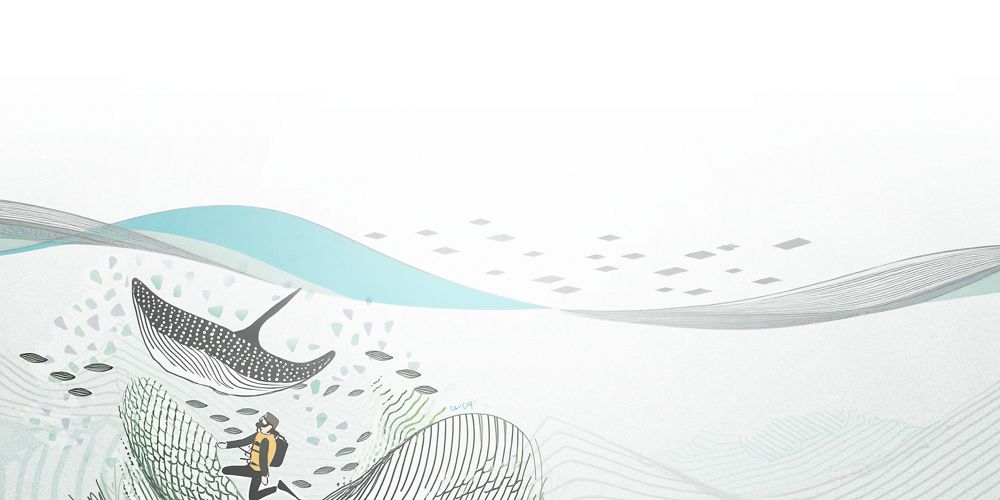What is Conservation by Design?
Conservation by Design is a framework that provides guidance and tools to support TNC teams in developing and improving conservation strategies. It is designed by TNC staff, for TNC staff, to help teams adaptively manage their work and increase their impact towards our 2030 Goals.
Conservation by Design has guided The Nature Conservancy’s work for almost three decades.
Since 1996, this conservation framework has unified and defined TNC’s conservation efforts around the world. We use Conservation by Design to set priorities, develop impactful and science-based conservation strategies, measure our effectiveness, and inform our learning. This feeds a powerful cycle of adaptive management for improved conservation outcomes.
Conservation Through the Decades
What’s New with Conservation by Design?
In 2024, TNC released updated Conservation by Design guidance in the form of nine modules. This has truly been a “One Conservancy” effort, informed by hundreds of TNC staff over a three-year period.
Here’s what’s new with the latest update:
A MODULAR APPROACH
Conservation by Design now consists of nine modules. A “module” is a tailored package of materials that helps a conservation team work through a specific step or aspect of conservation planning in a time-bound, efficient manner. The team determines their planning needs and then chooses whichever modules are right for their needs now. The modules are designed to be useful to all conservation teams across TNC, for both new work and mature strategies.
A FUNCTIONAL DESIGN
The design of the modules emphasizes effectiveness, efficiency, and accessibility. They are an effective way for teams to develop and adaptively manage rigorous and equitable conservation strategies, while making efficient use of available time and resources. They are also accessible to TNC teams around the world, and relevant to diverse needs and contexts.
A DEEPENED FOCUS ON EQUITY AND THE 2030 GOALS
The module updates were guided by three key principles of conservation: equity, evidence, and impact. Through Conservation by Design, TNC aims to make these principles more actionable for conservation teams, so we can achieve our vision for 2030.





